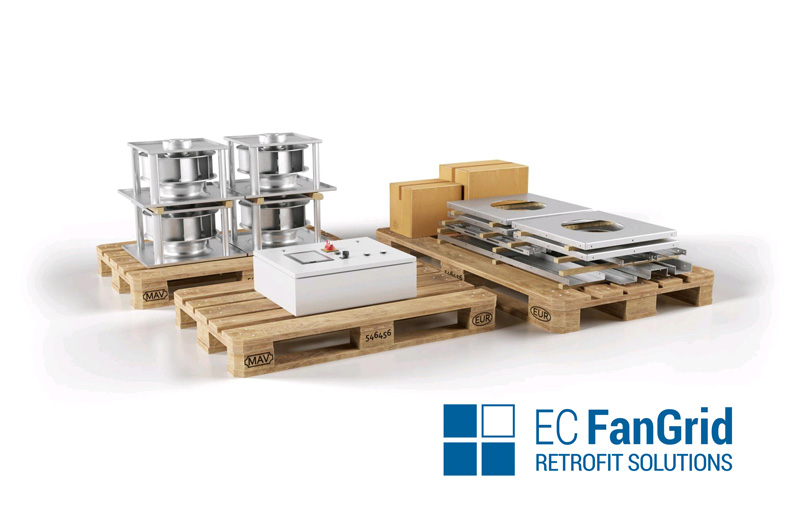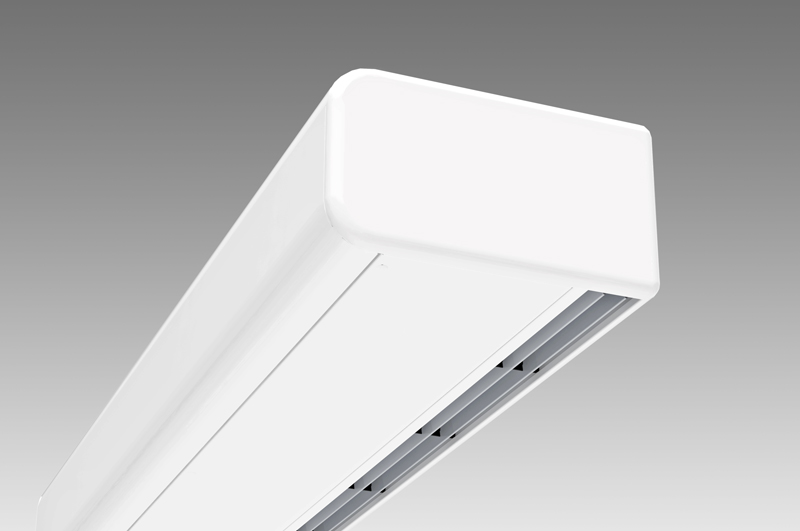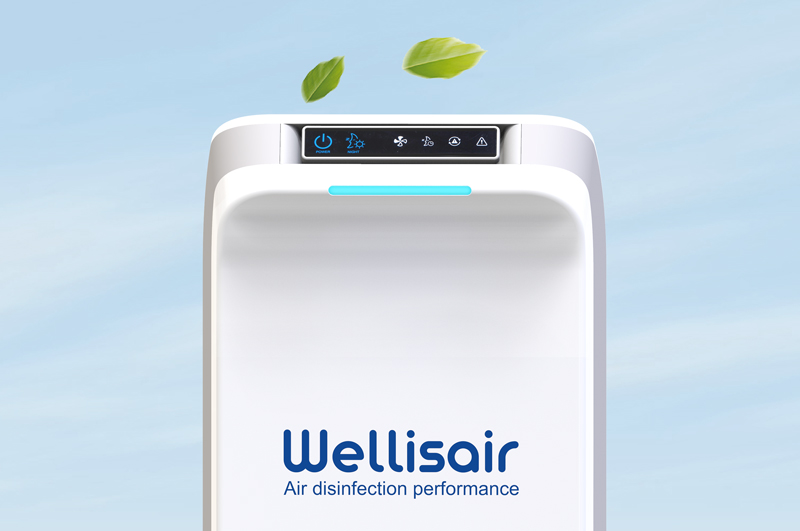Advantages of renovating a ventilation system with EC FanGrid fans
Ventilation systems require continuous and constant airflow. Under-performing fans are inefficient and can consume most of the building's energy. Given the growing concern for environmental conservation, it is imperative to use PlugFan EC fans, which provide reliability, optimum efficiency and environmental benefits due to their low energy consumption.

In most of ventilation systems, a single fan and several controls are PlugFan EC fans installed to manage the operation of other components, such as dampers or variable flow blades. Nowadays there is a more advantageous alternative: EC FanGrid fans, a system consisting of several modular backward blade centrifugal fans arranged in a vertical series construction. EC FanGrids are ideal for AHU retrofit projects. When a building is extended and the need for air renewal increases, a single fan is not sufficient.
ADVANTAGES OF THE ECFANGRID
- EFFICIENT
Almost half of the energy consumed in commercial buildings comes from air conditioning and 50% of this consumption is generated by fans. The switch from conventional fans to PlugFan EC fans has been numerous in recent times because they can operate in a lower range and maintain their efficiency. Their design is compact due to the integrated electronics. Monitoring controls report individual fan failures before a total AHU failure occurs.
- REDUNDANT
EC FanGrids provide increased reliability as a result of their inherent redundancy. If one fan fails, only a portion of the airflow is lost; if one fan loses its flow, the rest will work faster to recover. Unlike traditional systems, where the entire air conditioner is out of service if one fan fails.
- FLEXIBLE
Each AHU can adapt the number of fans according to the airflow requirements. For example, in a 3x3 fan configuration, where only seven fans are needed to provide the expected performance, the eighth and ninth spaces can be closed off with a plate. So it can be reconfigured by adding fans if demand increases.
- SIMPLE INSTALLATION
The more compact size of the ECFanGrid components makes them easier to transport and handle. This means less time for overhaul and downtime of the AHU.
- EASY MAINTENANCE
Maintenance and cleaning is easier, faster and more efficient. No dust is released into the supply air, as there are no drive belts that degenerate over time.
- SOUND REDUCTION
There are two major advantages: the sound spectrum of smaller impellers contains higher frequencies, allowing shorter attenuators to be used. Secondly, the cross-section size of the fans can be reduced by up to 50% compared to large belt-driven fans.







